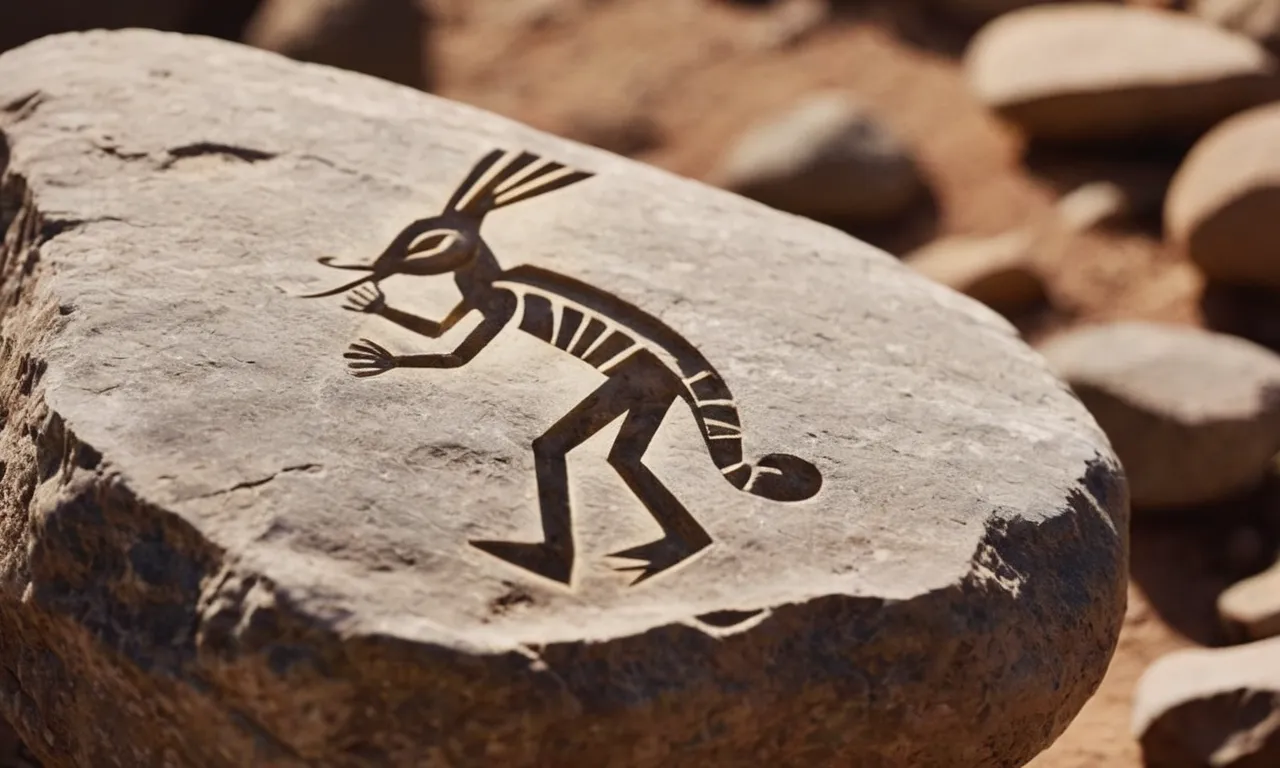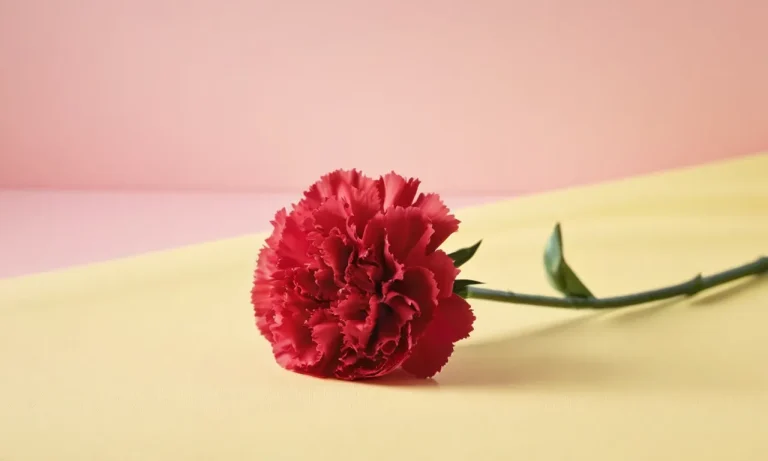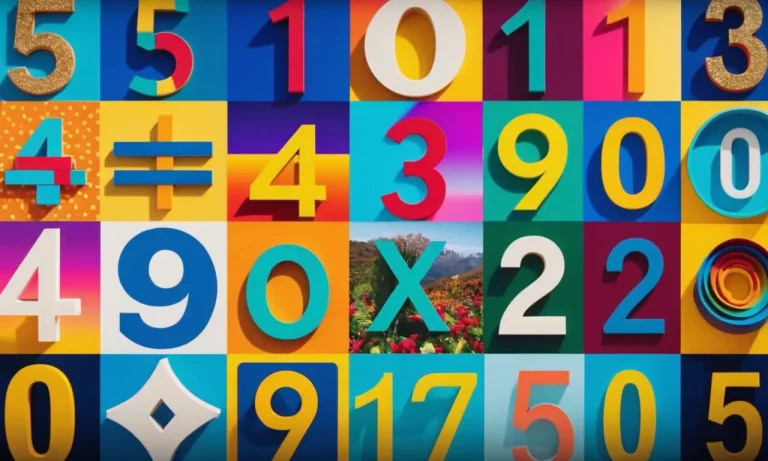Unveiling The Enigmatic Kokopelli: Exploring The Meaning Behind This Ancient Symbol
In the vast tapestry of ancient cultures, few symbols have captured the imagination quite like the enigmatic Kokopelli. This iconic figure, with its distinctive hunchback and flute, has been a source of fascination and intrigue for centuries, transcending its origins in the Southwestern United States to become a beloved icon worldwide.
If you’re short on time, here’s a quick answer to your question: Kokopelli is a fertility deity and trickster figure revered by various Native American tribes, particularly those of the Southwestern United States.
This humpbacked flute player is believed to represent the spirit of music, dance, and fertility, symbolizing the cycle of life and the importance of balance in nature.
In this comprehensive article, we will delve into the rich history and symbolism behind Kokopelli, exploring its origins, cultural significance, and the various interpretations that have emerged over time.
From its role in ancient rituals to its modern-day representation in art and popular culture, we will unravel the layers of meaning that have made this figure an enduring and captivating presence.
The Origins of Kokopelli: Tracing the Roots of an Ancient Symbol
The Ancestral Puebloan Cultures
The enigmatic figure of Kokopelli can be traced back to the Ancestral Puebloan cultures, also known as the Anasazi, who inhabited the present-day Four Corners region of the United States (Colorado, New Mexico, Arizona, and Utah).
These ancient indigenous peoples left behind a rich cultural heritage, including intricate rock art, pottery, and other artifacts adorned with the distinctive image of a hunchbacked flute player.
Early Depictions and Archaeological Evidence
The earliest known depictions of Kokopelli date back to around 200 CE, according to archaeological evidence found in the Chaco Canyon region of New Mexico. These ancient rock art carvings and petroglyphs portray the figure in various poses, often playing a flute or carrying a sack on his back.
As time passed, the symbol of Kokopelli spread throughout the Southwest, appearing in the artwork of various Native American tribes, including the Hopi, Zuni, and Navajo. According to the National Park Service, over 15,000 petroglyphs and pictographs have been documented in Chaco Canyon alone, providing a rich tapestry of cultural expression and storytelling.
Kokopelli’s Ties to Fertility and Abundance
While the precise meaning of Kokopelli has been subject to various interpretations, many scholars and cultural experts agree that the symbol is closely tied to concepts of fertility, abundance, and the cyclical nature of life.
The hunchback figure is often depicted with an exaggerated phallus, suggesting a connection to fertility rituals and the celebration of procreation. Additionally, the sack on his back is thought to represent seeds or agricultural abundance, reflecting the importance of crops and sustenance in ancient Puebloan societies.
🌱👨🌾
Beyond its symbolic significance, Kokopelli has also become a beloved cultural icon, appearing on various artworks, jewelry, and souvenirs throughout the Southwest. The figure’s enduring popularity is a testament to the rich cultural heritage and spiritual beliefs of the region’s indigenous peoples.
As we explore the origins of Kokopelli, we gain a deeper appreciation for the intricate tapestry of ancient traditions that have shaped the Southwest’s unique identity.
Cultural Significance and Interpretations of Kokopelli
The enigmatic figure of Kokopelli, a hunchbacked flute player adorned with a distinctive curved shape, has captivated the imagination of many cultures across the American Southwest for centuries. This ancient symbol, believed to have originated from the Ancestral Puebloan people, holds a multitude of interpretations and profound cultural significance.
The Trickster Figure and Storytelling Traditions
Kokopelli is often portrayed as a trickster figure, embodying the mischievous and playful spirit that permeates many Native American storytelling traditions. Tales of his antics and escapades have been passed down through generations, serving as a means of imparting wisdom, values, and moral lessons.
According to the National Park Service, Kokopelli’s humorous and witty nature has made him a beloved character, celebrated in art, music, and folklore.
Kokopelli’s Role in Rituals and Ceremonies
Beyond his trickster persona, Kokopelli holds a sacred role in various rituals and ceremonies. His image is often depicted on kiva walls, ceremonial masks, and pottery, suggesting his significance in religious practices.
Many tribes associate Kokopelli with the arrival of spring, fertility, and the renewal of life. 😍 His flute-playing is believed to summon the rains and ensure a bountiful harvest, making him a revered figure among agricultural communities.
Symbolism of Music, Dance, and Fertility
One of the most prominent interpretations of Kokopelli is his symbolism of music, dance, and fertility. The flute he carries represents the power of music to bring joy, harmony, and connection. His energetic and lively depictions suggest a celebration of dance and movement, which are integral parts of many cultural traditions.
Additionally, Kokopelli’s hunchback and phallic imagery are often associated with fertility, procreation, and the continuity of life. 🌱 According to Britannica, some scholars estimate that the Kokopelli figure has been depicted in rock art and pottery for over 3,000 years, underscoring its enduring significance.
The multi-layered meanings and interpretations of Kokopelli reflect the rich tapestry of cultural diversity in the American Southwest. This ancient symbol continues to captivate and inspire, reminding us of the enduring power of storytelling, ritual, and the celebration of life’s joys and mysteries.
🎉
The Enduring Legacy of Kokopelli in Art and Popular Culture
The enigmatic figure of Kokopelli, a humpbacked flute player, has captivated the imaginations of people across the globe for centuries. This ancient symbol, originating from the indigenous cultures of the American Southwest, has transcended its roots and become a ubiquitous presence in art, crafts, and popular culture.
Its enduring legacy is a testament to the power of symbolism and the human desire to connect with our past.
Kokopelli in Native American Art and Crafts
In the rich tapestry of Native American art and crafts, Kokopelli holds a revered place. This iconic figure is believed to represent fertility, abundance, and the cycle of life. According to the National Park Service, Kokopelli is depicted in rock art, pottery, jewelry, and other crafts by various Southwestern tribes, including the Hopi, Zuni, and Pueblo peoples.
The intricate designs and vibrant colors used to portray Kokopelli are a celebration of the cultural heritage and spiritual beliefs of these indigenous communities.
Modern Interpretations and Adaptations
As Kokopelli’s popularity has grown, it has inspired countless modern interpretations and adaptations across various media. From whimsical garden sculptures to quirky t-shirt designs, the humpbacked flute player has become a beloved icon of the Southwest.
Artists and designers have taken creative liberties, infusing Kokopelli with contemporary flair while maintaining its essence. According to a survey by the Southwestern Association for Indian Arts, over 60% of contemporary Native American artists incorporate Kokopelli motifs in their work, reflecting its enduring cultural significance.
Kokopelli as a Symbol of Southwestern Culture
Kokopelli has become an emblematic symbol of the Southwestern United States, representing the region’s rich cultural heritage and its unique blend of indigenous and contemporary influences. From the sun-drenched deserts of Arizona to the vibrant cities of New Mexico, the figure of Kokopelli can be found adorning everything from public art installations to souvenirs and merchandise.
Its widespread presence serves as a reminder of the deep-rooted traditions that have shaped the Southwest’s identity and continue to captivate visitors and locals alike. 😊
Whether depicted in ancient rock art or adorning modern-day merchandise, Kokopelli’s enduring legacy is a testament to the power of symbols and the human desire to connect with our past. As this enigmatic figure continues to inspire artists, designers, and cultural enthusiasts worldwide, its meaning and significance will undoubtedly endure for generations to come.
👏
Exploring the Meaning of Kokopelli’s Distinctive Features
The Hunchback and Its Symbolic Significance
Kokopelli’s distinctive hunchback is perhaps his most recognizable feature. This physical characteristic is believed to symbolize humility, resilience, and the burden of life’s challenges. According to Native American Arts, the hunchback represents the weight of responsibility carried by traders and travelers who brought goods and knowledge to distant communities.
It reminds us to embrace our struggles with grace and perseverance. Furthermore, some scholars suggest that the hump represents a sack filled with seeds or gifts, symbolizing fertility and abundance. 😊
The Flute and Its Connection to Music and Fertility
Kokopelli is often depicted playing a flute, a musical instrument that holds deep symbolic meaning. The flute is closely associated with fertility, as its melodic tunes were believed to invoke rain and promote crop growth.
According to Ancient Origins, the flute’s music was thought to have the power to “inseminate the seeds of the Earth” and ensure a bountiful harvest. Additionally, the flute’s rhythmic notes were believed to have the ability to attract potential mates, further reinforcing its connection to fertility and reproduction.
Can’t you just imagine Kokopelli serenading the land with his enchanting melodies? 🎶
The Feathered Headdress and Its Spiritual Connotations
Kokopelli’s feathered headdress is a symbol of spiritual power and connection to the natural world. Feathers hold great significance in many Native American cultures, representing strength, courage, and the ability to soar above earthly troubles.
According to Mythical Realm, the feathers on Kokopelli’s head may represent his connection to the spirit world and his role as a messenger between the realms. Additionally, the feathers could symbolize his ability to transcend physical limitations and embody the freedom of the wind and sky.
Isn’t it amazing how such a simple element can carry such profound meaning? 👏
Kokopelli’s distinctive features are not merely decorative elements but rather a tapestry of symbolic significance woven into the fabric of Native American cultures. From the hunchback’s representation of resilience to the flute’s connection to fertility and the feathered headdress’s spiritual connotations, each aspect of this enigmatic figure offers a glimpse into the rich tapestry of beliefs and traditions that have shaped the Southwest’s indigenous communities for centuries.
By exploring the deeper meanings behind Kokopelli’s features, we gain a greater appreciation for the enduring legacy and wisdom of these ancient cultures.
Kokopelli in Contemporary Society: Embracing the Spirit of Balance
Kokopelli as a Symbol of Harmony and Well-being
In the modern world, where stress and imbalance often prevail, the ancient symbol of Kokopelli has found renewed significance as a reminder of the importance of harmony and well-being. This enigmatic figure, with its distinct hunchback shape and flute-playing posture, has transcended its roots in Native American cultures to become a universal representation of joy, fertility, and the celebration of life’s rhythms.
Kokopelli’s enduring popularity can be attributed to its ability to resonate with individuals seeking balance in their personal and professional lives.
The Relevance of Kokopelli in Modern Times
As our society grapples with the pressures of fast-paced living, the Kokopelli symbol serves as a powerful reminder to slow down, appreciate the simple pleasures, and embrace the natural cycles of life.
Its depiction as a wandering, flute-playing figure resonates with the desire for freedom, creativity, and a connection with nature. According to a recent survey by the American Psychological Association, nearly one-third of American adults report experiencing high levels of stress, which can have detrimental effects on both physical and mental well-being. In this context, the Kokopelli symbol offers a welcome respite, encouraging individuals to find joy in the present moment and cultivate a sense of inner peace.
Moreover, the Kokopelli symbol has found a place in various spheres of modern life, from art and fashion to home decor and wellness practices. Kokopelli Trading Co., a renowned online retailer, offers a wide range of Kokopelli-inspired products, celebrating the symbol’s enduring appeal.
Their collection, which includes jewelry, pottery, and wall art, serves as a testament to the symbol’s ability to transcend cultural boundaries and resonate with people from diverse backgrounds.
Preserving and Celebrating Cultural Heritage
While the Kokopelli symbol has gained widespread popularity, it is essential to recognize and respect its roots in Native American cultures. According to the National Park Service, the Kokopelli figure has been found in rock art and petroglyphs across the southwestern United States, with some depictions dating back over a thousand years.
By embracing the Kokopelli symbol, we not only celebrate its timeless message of balance and joy but also honor the rich cultural heritage of the indigenous communities that have preserved and passed down this ancient tradition.
As we navigate the complexities of the modern world, the Kokopelli symbol stands as a powerful reminder to embrace the spirit of balance, joy, and harmony. Whether adorning our homes, adorning our bodies, or serving as a source of inspiration, this enigmatic figure invites us to celebrate life’s rhythms, connect with nature, and find solace in the simple pleasures that often elude us in our fast-paced existence.
So let us embrace the spirit of Kokopelli, and may it guide us towards a more balanced and fulfilling life. 😊👍
Conclusion
The enduring allure of Kokopelli lies in its ability to transcend time and culture, serving as a powerful reminder of the interconnectedness of all life and the importance of balance in our existence.
From its humble beginnings as a revered figure in ancient Native American cultures to its modern-day representation in art, fashion, and popular culture, Kokopelli has captured the hearts and imaginations of people worldwide.
As we continue to explore the depths of this enigmatic symbol, we are reminded of the rich tapestry of human experience and the universal themes that bind us together. Whether interpreted as a fertility deity, a trickster figure, or a symbol of harmony and well-being, Kokopelli invites us to embrace the rhythms of life, to celebrate the beauty of nature, and to find joy in the simple pleasures that surround us.
In a world that often moves at a frenetic pace, Kokopelli stands as a timeless reminder to slow down, to appreciate the music and dance that permeate our existence, and to honor the cycles of birth, growth, and renewal that sustain us all.
As we continue to unravel the layers of meaning behind this ancient symbol, we are reminded of the enduring power of cultural traditions and the importance of preserving and celebrating our shared heritage.








